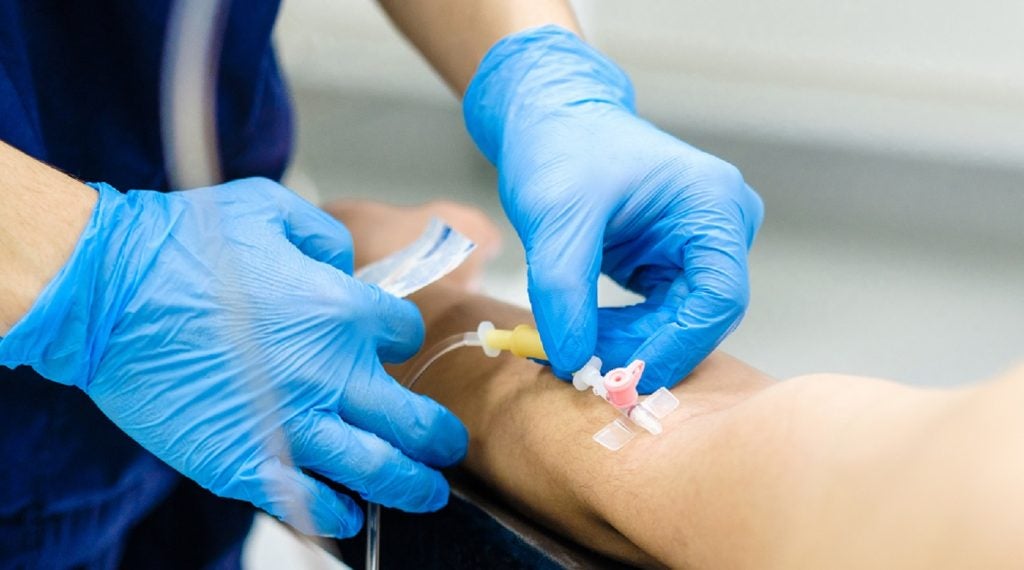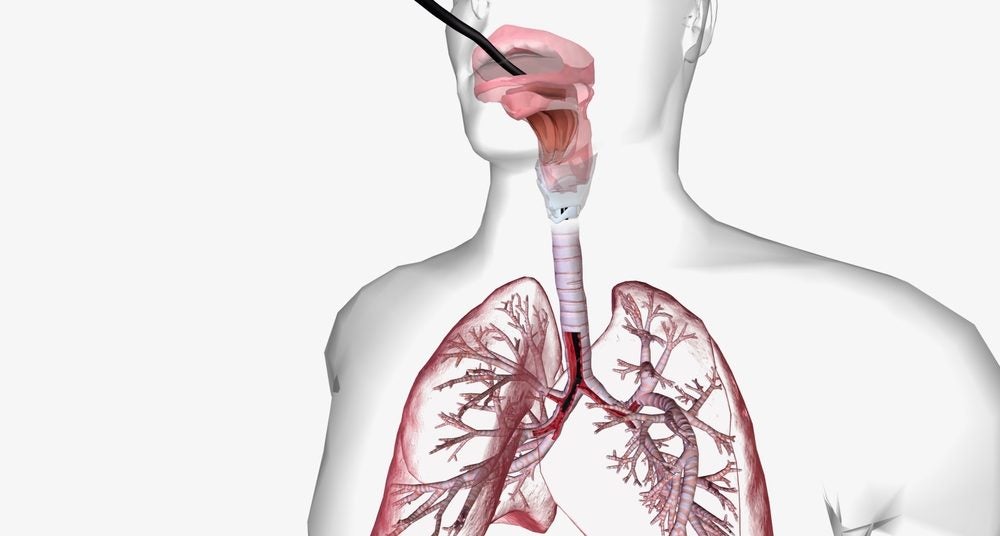The US Food and Drug Administration (FDA) has granted marketing authorisation to Cepheid’s Xpert HCV test and GeneXpert Xpress System.
This marks the first point-of-care hepatitis C RNA test that can be used in various healthcare settings, including substance use disorder treatment facilities, correctional facilities, and emergency departments.
The test delivers results in about one hour using a fingertip blood sample.
It can now be used in settings with a Clinical Laboratory Improvement Amendments (CLIA) Certificate of Waiver.
This development allows for a test-and-treat approach, potentially offering treatment during the same healthcare visit for those who test positive for hepatitis C RNA.
Previously, hepatitis C testing required sending samples to a central lab, often causing delays in diagnosis and treatment. The new test aims to streamline the process and improve patient outcomes by reducing the need for follow-up appointments.
The test’s validation data was gathered through the Independent Test Assessment Program (ITAP), part of the National Institutes of Health's Rapid Acceleration of Diagnostics Tech programme.
While the test is indicated for adults at risk for hepatitis C, it is not without risks. The FDA cautions about the possibility of false positive and false negative results, which could lead to inappropriate treatment or delayed effective treatment.
The FDA's De Novo premarket review pathway, designated for low- to moderate-risk devices of a new type, was used to review the Xpert HCV test and GeneXpert Xpress System.
FDA Center for Devices and Radiological Health director Jeff Shuren said: “Despite the existence of a safe and highly effective oral cure for hepatitis C, many people do not know they have the disease due partly to the lack of availability of convenient, widespread testing options.
“Equipping health care providers with tools to diagnose and treat patients in the same visit can result in hundreds of thousands more hepatitis C patients being diagnosed and treated, preventing individual disease progression and additional spread of the virus.”















